I still remember the first time my grandfather, Tatay Amen, unwrapped a small packet of banana leaves at our kitchen table, revealing the creamiest, most delicate white cheese I'd ever seen. "This is Kesong Puti," he said with a proud smile, "and someday I'll teach you how to make it."
Years later, after countless attempts and his patient guidance, I finally mastered this traditional Filipino cheese that requires just four simple ingredients and a little overnight magic. What amazed me most was how something so incredibly delicious could come from basic pantry staples: whole milk, vinegar, calamansi, and those essential banana leaves that transform ordinary curds into something truly special.
If you've never made cheese at home before, don't worry, this recipe is surprisingly forgiving and absolutely worth the minimal effort for that first satisfying bite of homemade Kesong Puti.
Jump to:
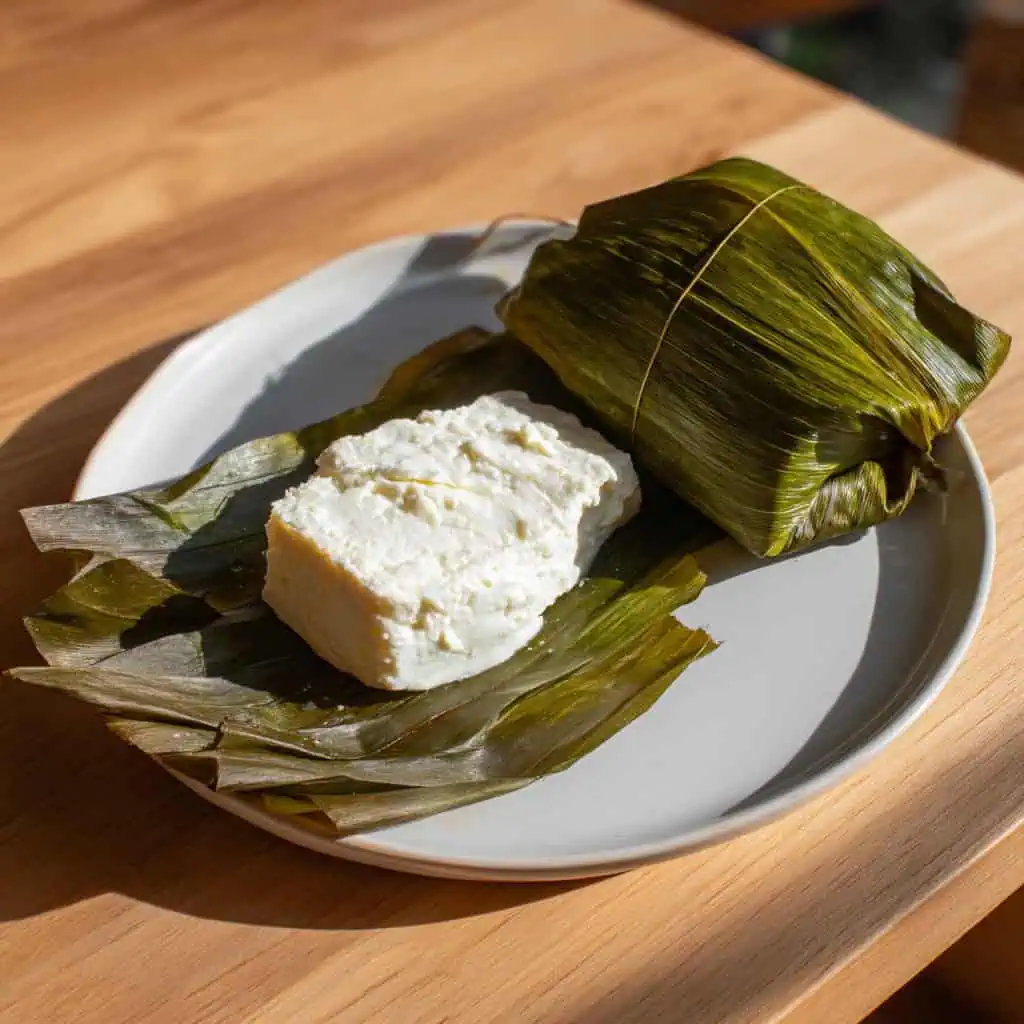
Why You'll Love This Recipe
This authentic Kesong Puti recipe brings the taste of the Philippines right to your kitchen with minimal effort and maximum flavor. You'll love how incredibly simple it is to make, just 4 basic ingredients and overnight setting time creates this creamy, tangy cheese that's been treasured in Filipino households for generations. The banana leaves not only act as natural packaging but infuse the cheese with a subtle, earthy flavor that can't be replicated.
Whether you're Filipino wanting to reconnect with your heritage or simply curious about international cuisines, this recipe delivers restaurant-quality results at home. Plus, the leftover whey is packed with nutrients and can be used in soups or bread recipes, nothing goes to waste!
Ingredients
- 4 cups whole milk
- 1 teaspoon salt
- 3 tablespoons cane vinegar (Datu Puti brand preferred)
- 2 tablespoons fresh calamansi juice (or lemon juice)
- 4-5 pieces banana leaves, cut into 12x12 inch squares
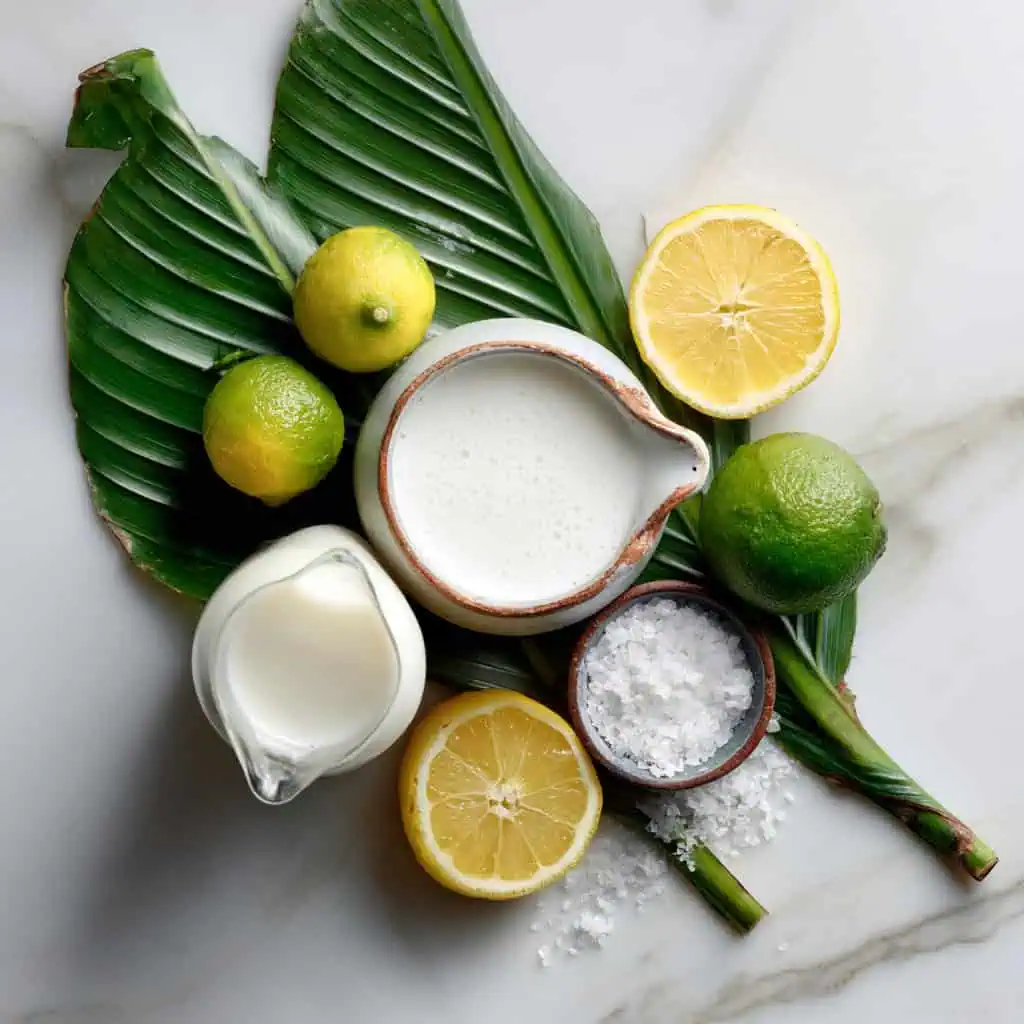
These carefully chosen ingredients work together to create the perfect Kesong Puti texture and flavor. Whole milk provides the rich fat content necessary for creamy curds, while the salt enhances the natural flavors without overpowering. Cane vinegar is the traditional acid that gently curdles the milk, creating tender rather than rubbery curds.
Calamansi adds that distinctive Filipino citrus note that makes this cheese unique, and banana leaves serve as both natural packaging and flavor enhancer with their subtle earthy essence.
Equipment
- Large saucepan - for heating milk evenly without scorching
- Fine mesh strainer - to separate curds from whey effectively
- Clean cotton cloth or cheesecloth - to drain whey and press curds
- Large mixing bowl - to collect the whey
- Kitchen tongs - for handling hot banana leaves safely
- Gas stove or hot water - to make banana leaves pliable
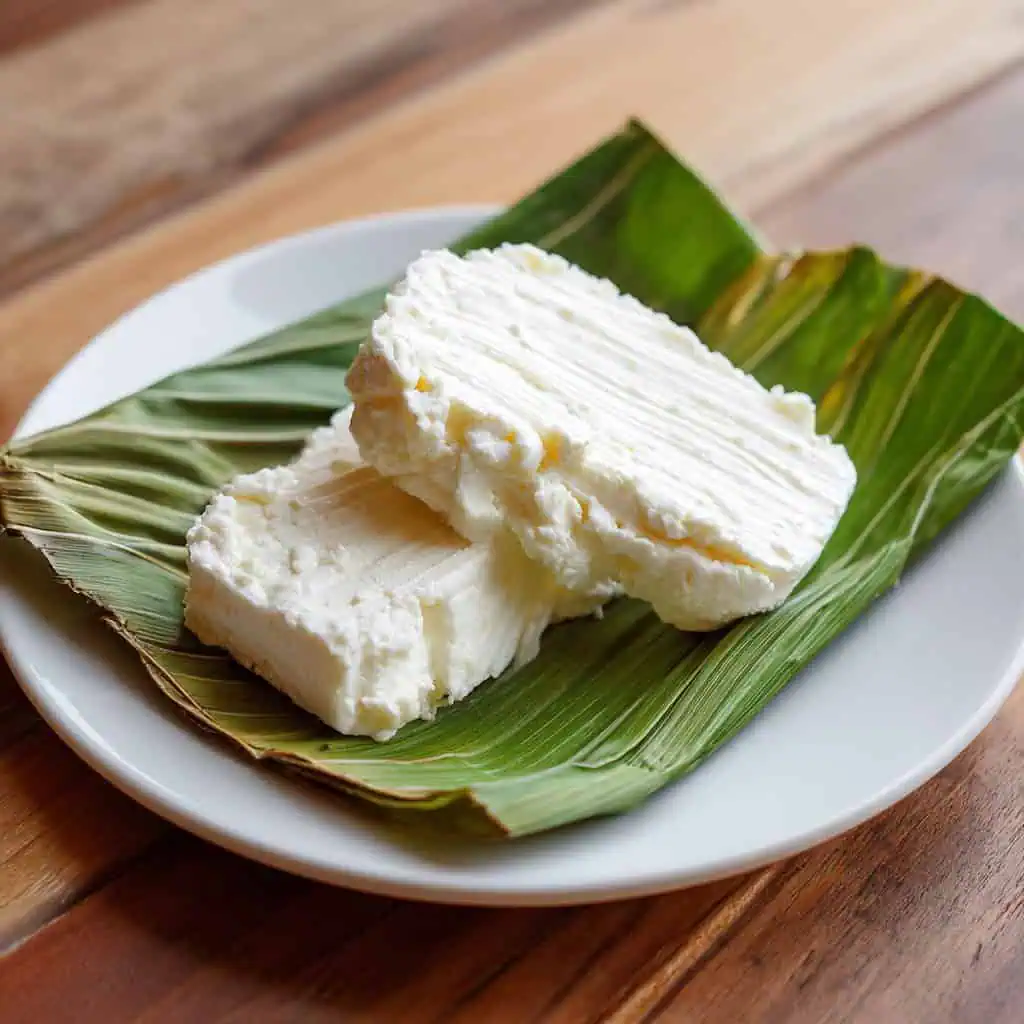
How To Make
- Pour the whole milk and salt into a large saucepan and place over low heat. Keep a close eye on the milk as it heats, stirring occasionally to prevent sticking. You'll know it's ready when tiny bubbles begin forming around the edges of the pan - this indicates the milk has reached the perfect temperature for curdling without becoming rubbery.
- Remove the saucepan from heat immediately once you see those edge bubbles. Add the cane vinegar and calamansi juice to the hot milk, then gently stir just once to distribute. Don't over-stir as this can break up the curds that are about to form. Allow the milk to cool completely at room temperature - you'll start seeing the magical separation of curds from whey within minutes.
- While the milk cools, prepare your banana leaves by cutting them into 12x12 inch squares. Using kitchen tongs, carefully pass each leaf over an open flame on your gas stove for just a few seconds until they become pliable and slightly glossy. If you don't have a gas stove, boil water and soak the leaves for 5 minutes, then pat completely dry.
- Once the milk has cooled and large chunks of curds have formed, it's time to strain. Line your fine mesh strainer with clean cotton cloth and place it over a large bowl. Pour the entire contents through the cloth, allowing the whey to drain naturally for about one hour. Don't press yet - let gravity do the work first.
- After the initial draining, gather the corners of the cloth and gently squeeze out additional whey using your hands. For creamier cheese, use light pressure. For firmer cheese, place a heavy book on top of the wrapped curds and let it press for an additional 30 minutes.
- Spoon about half a cup of the pressed curds into the center of each prepared banana leaf square. Fold the sides over to create neat square packets, then tie securely with strips of banana leaf or kitchen twine. Place all packets in the refrigerator overnight to set and develop their full flavor.
- Remove from refrigerator the next day and carefully unwrap your homemade Kesong Puti. The cheese will be firm yet creamy, with a subtle banana leaf aroma that makes it authentically Filipino.

Tips from Lola's Kitchen
- Save that precious whey - it's liquid gold for soups, bread making, or even smoothies
- Raw milk gives the best results if you can find it, creating the softest, most authentic texture
- Don't rush the cooling process - patience creates better curds
- Banana leaves should feel slightly waxy after flame treatment - this natural coating preserves freshness
- Make extra packets - this cheese disappears quickly once family tastes it
- The cheese tastes best within 3-4 days but can last up to a week wrapped properly
Substitutions
- No calamansi? Use fresh lemon juice in equal amounts
- Can't find banana leaves? Use parchment paper, but you'll miss the authentic flavor
- No cane vinegar? White vinegar works but use slightly less (2 tablespoons)
- Lactose sensitive? The curdling process removes most lactose naturally
- Want firmer cheese? Press longer with heavier weight
- Prefer milder flavor? Reduce vinegar by half tablespoon
Troubleshooting
- Milk won't curdle? Heat it again gently and add more vinegar one teaspoon at a time
- Curds too rubbery? You overheated the milk - keep temperature lower next time
- Not enough curds formed? Pasteurized milk can be stubborn - try raw milk if available
- Cheese too salty? Rinse curds gently with cool water before wrapping
- Banana leaves tearing? They weren't heated enough - pass over flame again
- Whey looks cloudy? Perfectly normal - it's full of beneficial proteins
Storage & Reheating
- Refrigerator storage: Keep wrapped in banana leaves up to 1 week
- Freezing: Not recommended as texture changes significantly
- Room temperature: Only for serving - don't leave out more than 2 hours
- Rewrapping: If banana leaves dry out, wrap in damp paper towel first
- Serving temperature: Best enjoyed at room temperature for optimal flavor
- Leftover whey: Refrigerate up to 3 days or freeze in ice cube trays
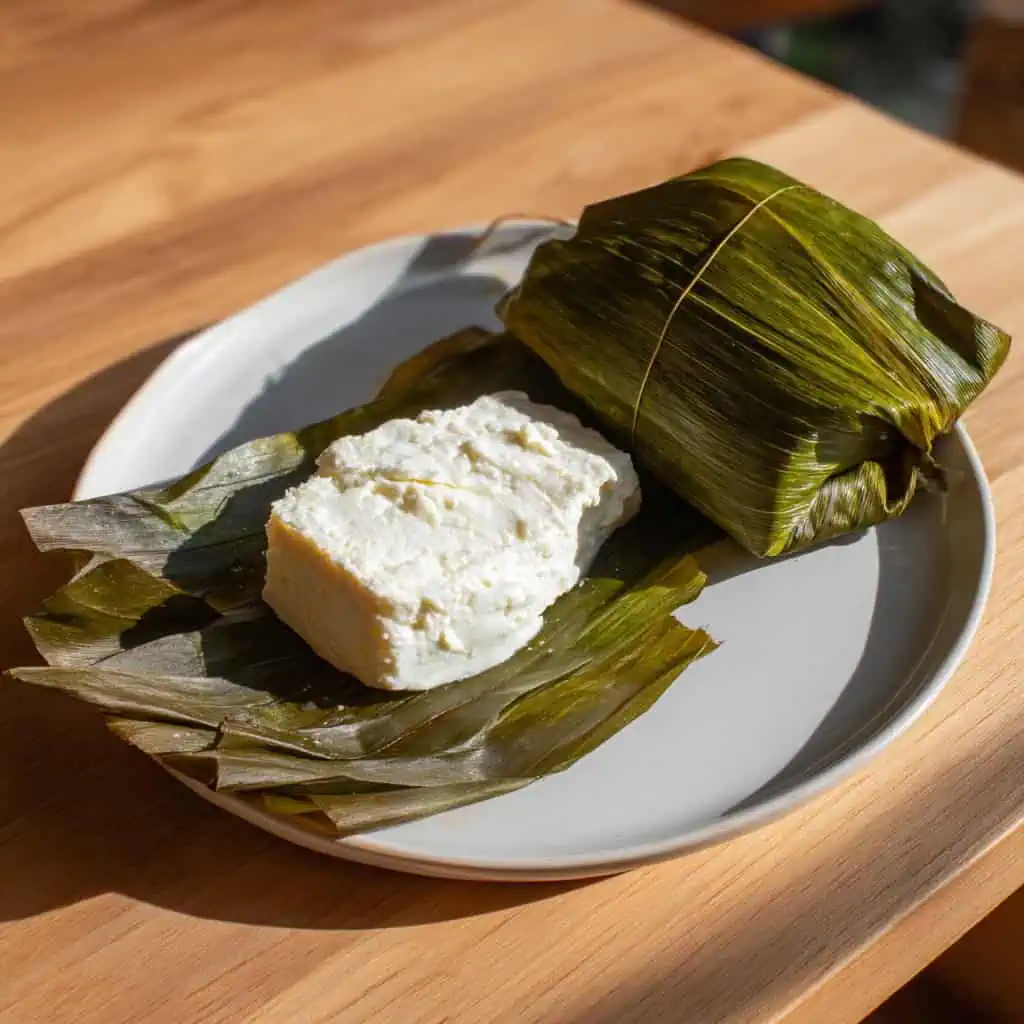
FAQ
Can I use low-fat milk?
Whole milk is essential for proper curd formation and creamy texture
How do I know when milk is hot enough?
Look for tiny bubbles around the pan edges, not a rolling boil
What if I don't have banana leaves?
The cheese won't have authentic flavor, but parchment paper works functionally
Can I add herbs or spices?
Yes, mix them into curds before wrapping for flavored variations
Why is my cheese grainy?
Milk was too hot or stirred too much during curdling
How long does the curdling take?
Curds start forming immediately, complete separation takes 30-60 minutes
Can I make this vegan?
Traditional Kesong Puti requires dairy milk for authentic results
Related
Looking for other recipes like this? Try these:
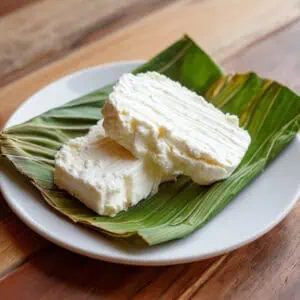
Kesong Puti (Filipino White Cheese)
Ingredients
- 4 cups whole milk
- 1 teaspoon salt
- 3 tablespoons cane vinegar Datu Puti brand preferred
- 2 tablespoons fresh calamansi juice or lemon juice
- 4-5 pieces banana leaves cut into 12x12 inch squares
Instructions
- Pour the whole milk and salt into a large saucepan and place over low heat. Keep a close eye on the milk as it heats, stirring occasionally to prevent sticking. You'll know it's ready when tiny bubbles begin forming around the edges of the pan - this indicates the milk has reached the perfect temperature for curdling without becoming rubbery.
- Remove the saucepan from heat immediately once you see those edge bubbles. Add the cane vinegar and calamansi juice to the hot milk, then gently stir just once to distribute. Don't over-stir as this can break up the curds that are about to form. Allow the milk to cool completely at room temperature - you'll start seeing the magical separation of curds from whey within minutes.
- While the milk cools, prepare your banana leaves by cutting them into 12x12 inch squares. Using kitchen tongs, carefully pass each leaf over an open flame on your gas stove for just a few seconds until they become pliable and slightly glossy. If you don't have a gas stove, boil water and soak the leaves for 5 minutes, then pat completely dry.
- Once the milk has cooled and large chunks of curds have formed, it's time to strain. Line your fine mesh strainer with clean cotton cloth and place it over a large bowl. Pour the entire contents through the cloth, allowing the whey to drain naturally for about one hour. Don't press yet - let gravity do the work first.
- After the initial draining, gather the corners of the cloth and gently squeeze out additional whey using your hands. For creamier cheese, use light pressure. For firmer cheese, place a heavy book on top of the wrapped curds and let it press for an additional 30 minutes.
- Spoon about half a cup of the pressed curds into the center of each prepared banana leaf square. Fold the sides over to create neat square packets, then tie securely with strips of banana leaf or kitchen twine. Place all packets in the refrigerator overnight to set and develop their full flavor.
- Remove from refrigerator the next day and carefully unwrap your homemade Kesong Puti. The cheese will be firm yet creamy, with a subtle banana leaf aroma that makes it authentically Filipino.
Tips from Lola's Kitchen
- Save that precious whey - it's liquid gold for soups, bread making, or even smoothies
- Raw milk gives the best results if you can find it, creating the softest, most authentic texture
- Don't rush the cooling process - patience creates better curds
- Banana leaves should feel slightly waxy after flame treatment - this natural coating preserves freshness
- Make extra packets - this cheese disappears quickly once family tastes it
- The cheese tastes best within 3-4 days but can last up to a week wrapped properly
The Story Behind Kesong Puti
Kesong Puti holds a special place in Filipino culinary history, tracing its roots back centuries to the rural provinces where resourceful farmers needed ways to preserve precious carabao milk. The native water buffalo, or carabao, has been central to Filipino agriculture for generations, serving both as a tireless work animal in the rice fields and a source of rich, nutritious milk. When fresh milk couldn't be consumed immediately in the tropical heat, clever home cooks discovered that a splash of native vinegar and calamansi juice could transform it into something even more delicious.
The genius of this traditional cheese lies in its simplicity and sustainability. Filipino ancestors understood that banana leaves weren't just convenient packaging - they were nature's perfect food wrapper, containing natural waxes that kept the cheese fresh for days without refrigeration. This made Kesong Puti an ideal protein source for farming families who needed portable, long-lasting nutrition during long days tending their fields.
Originally concentrated in the dairy-rich provinces of Laguna, Bulacan, and Cebu, Kesong Puti became synonymous with Filipino breakfast culture. Street vendors would sell these small, leaf-wrapped parcels alongside fresh pandesal bread, creating a morning ritual that continues today. The cheese's mild, slightly tangy flavor made it perfect for Filipino palates, offering a gentler alternative to aged European cheeses while providing essential nutrients.
What makes authentic Filipino Kesong Puti unique is its connection to the land and seasons. Traditional cheese makers would time their production with the carabao's natural milk cycles, creating the freshest batches during peak grazing periods. This seasonal approach meant that Kesong Puti wasn't just food, it was a celebration of the Philippines' agricultural abundance and the deep relationship between Filipino families and their environment.
Today, while commercial versions exist, nothing compares to homemade Kesong Puti that honors these time-tested techniques. Each wrapped portion carries forward generations of Filipino ingenuity, proving that the best flavors often come from the simplest, most traditional methods passed down through loving hands.
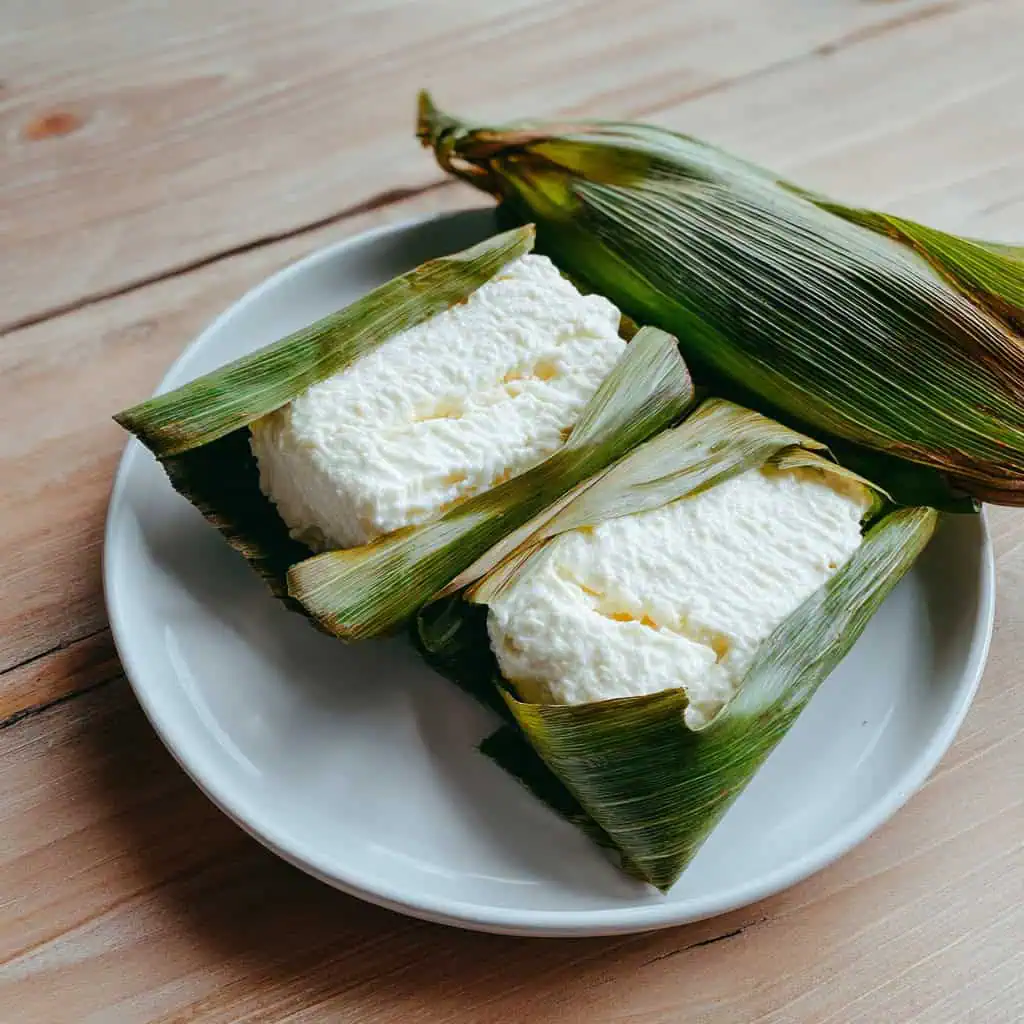

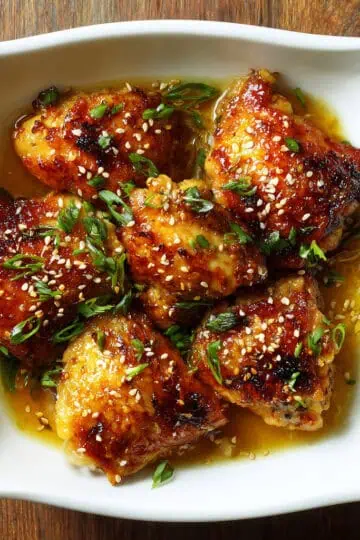
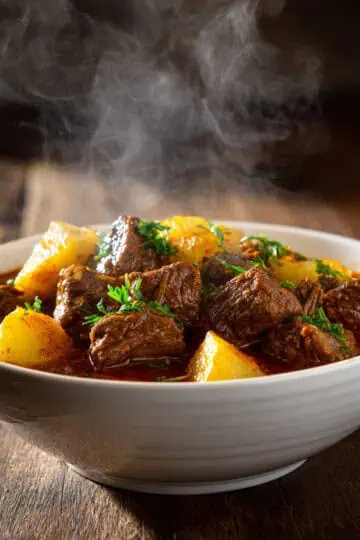

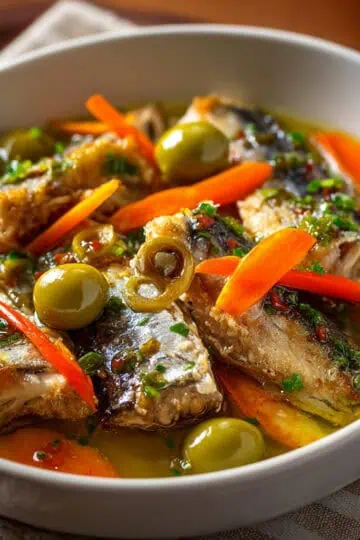
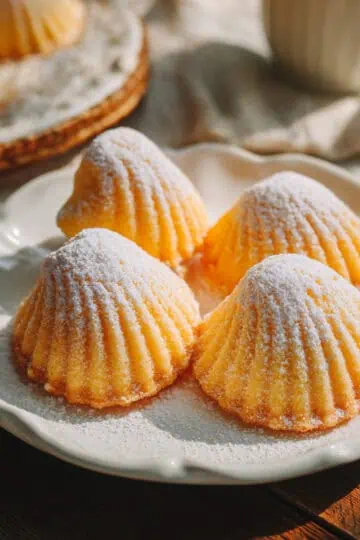
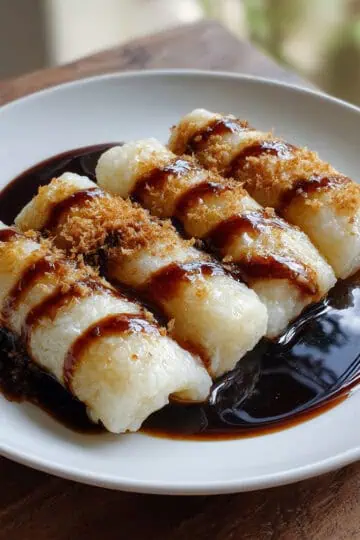
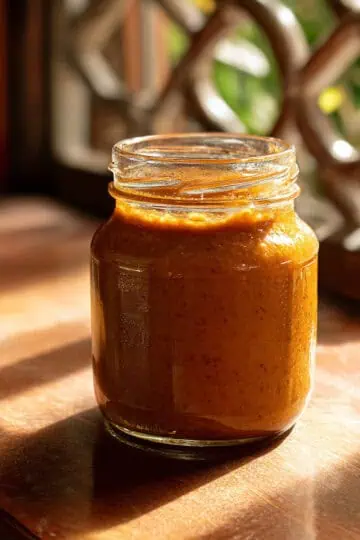
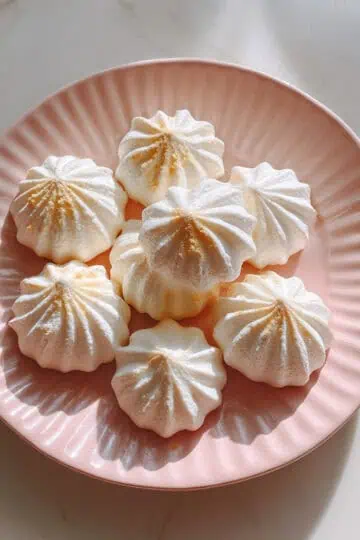
Comments
No Comments